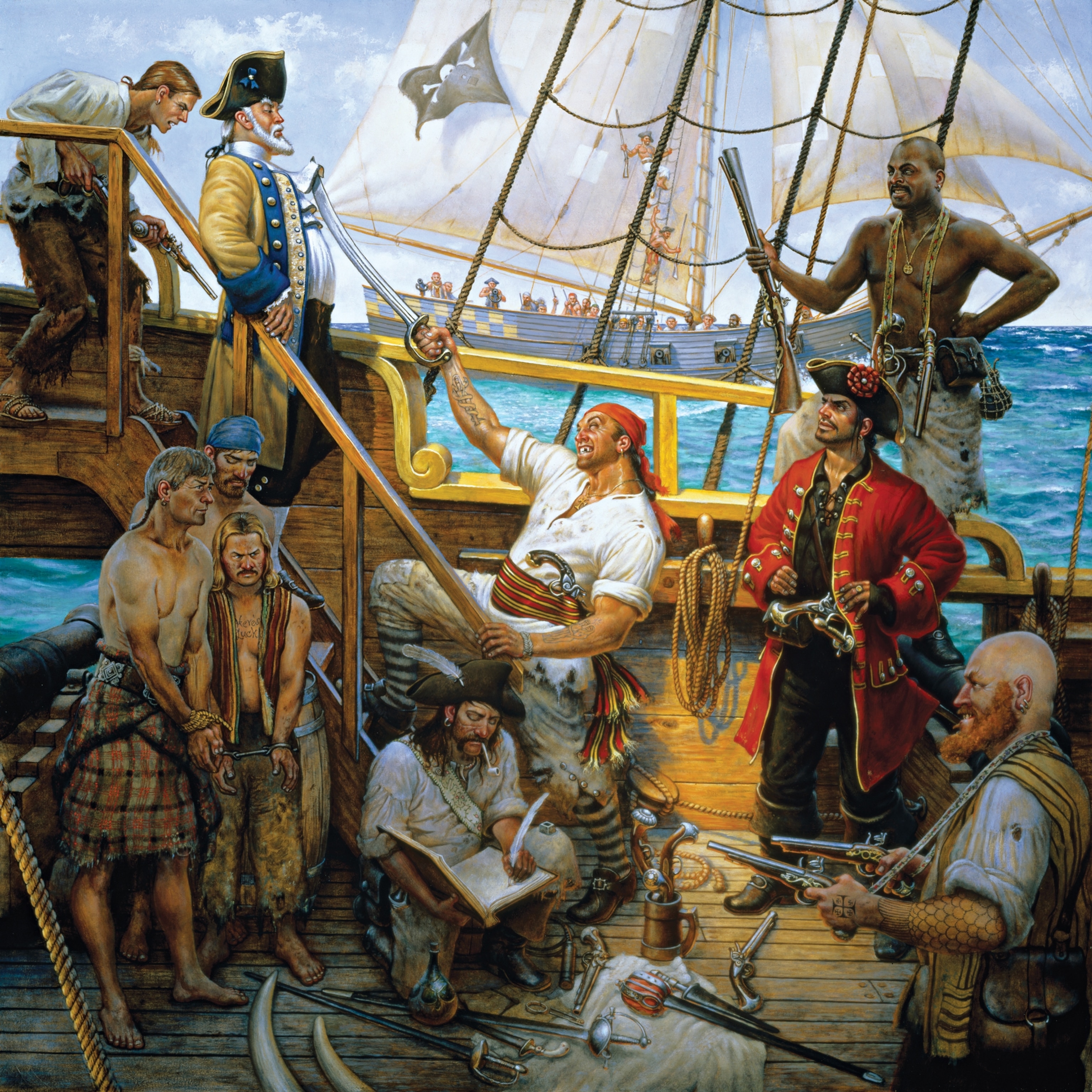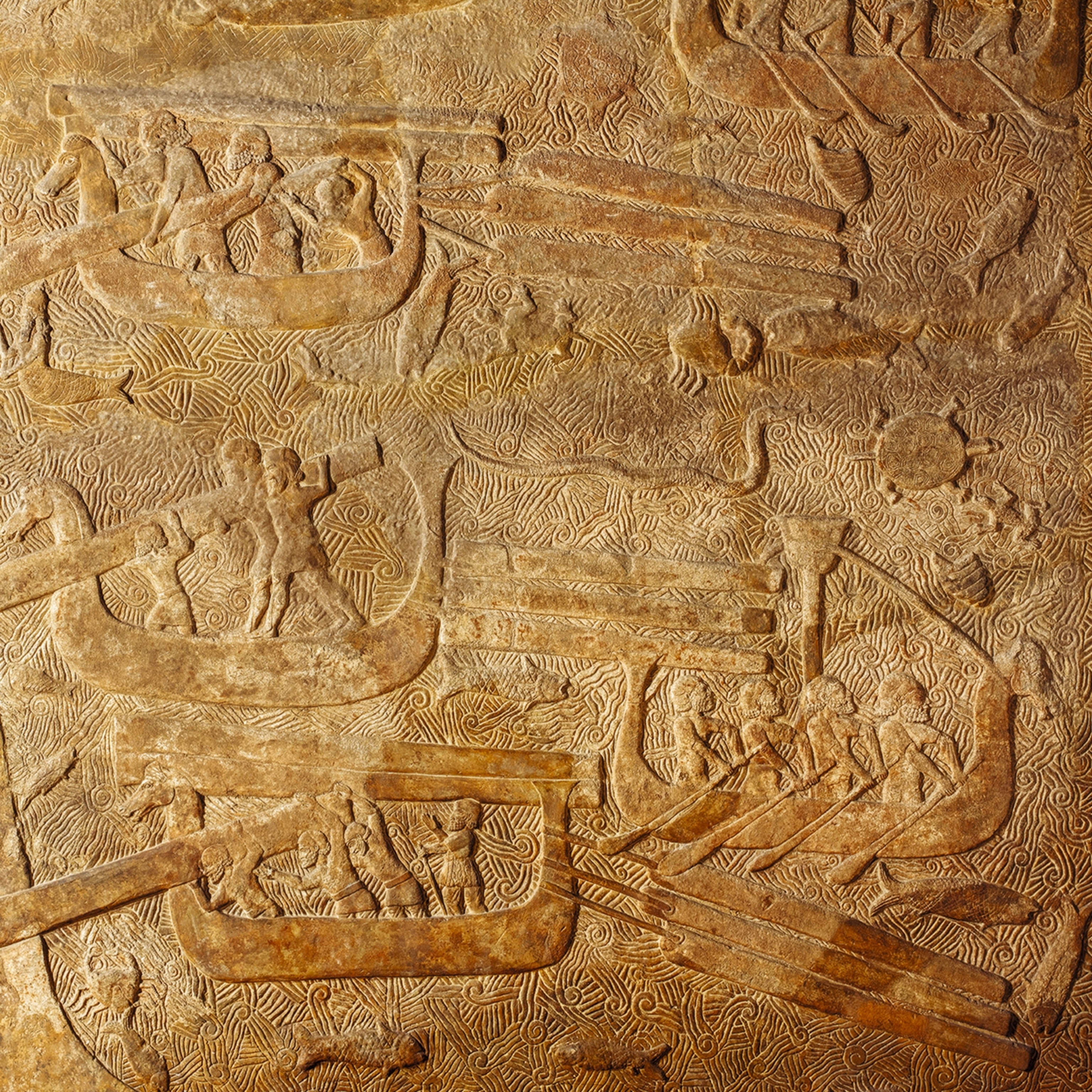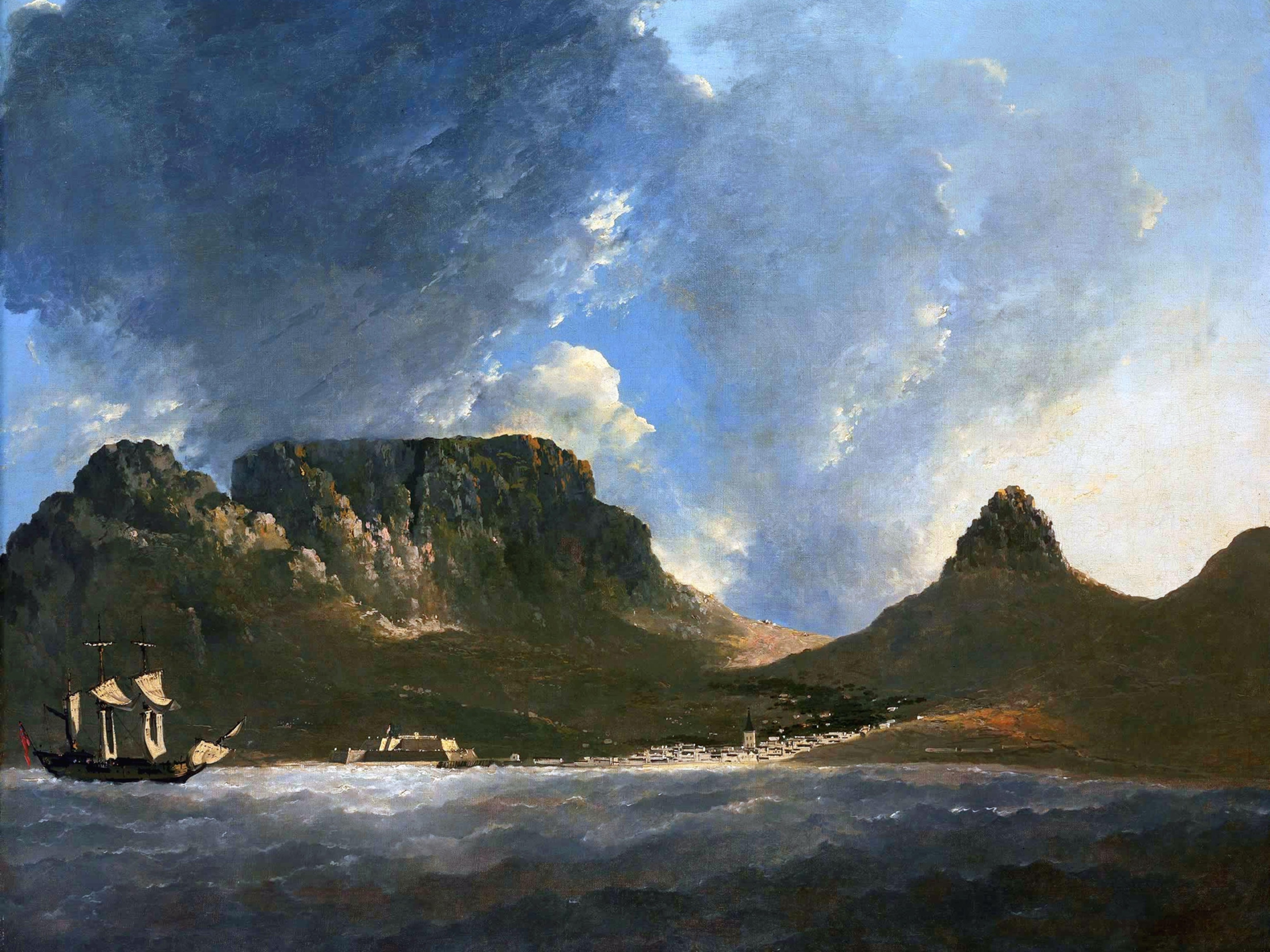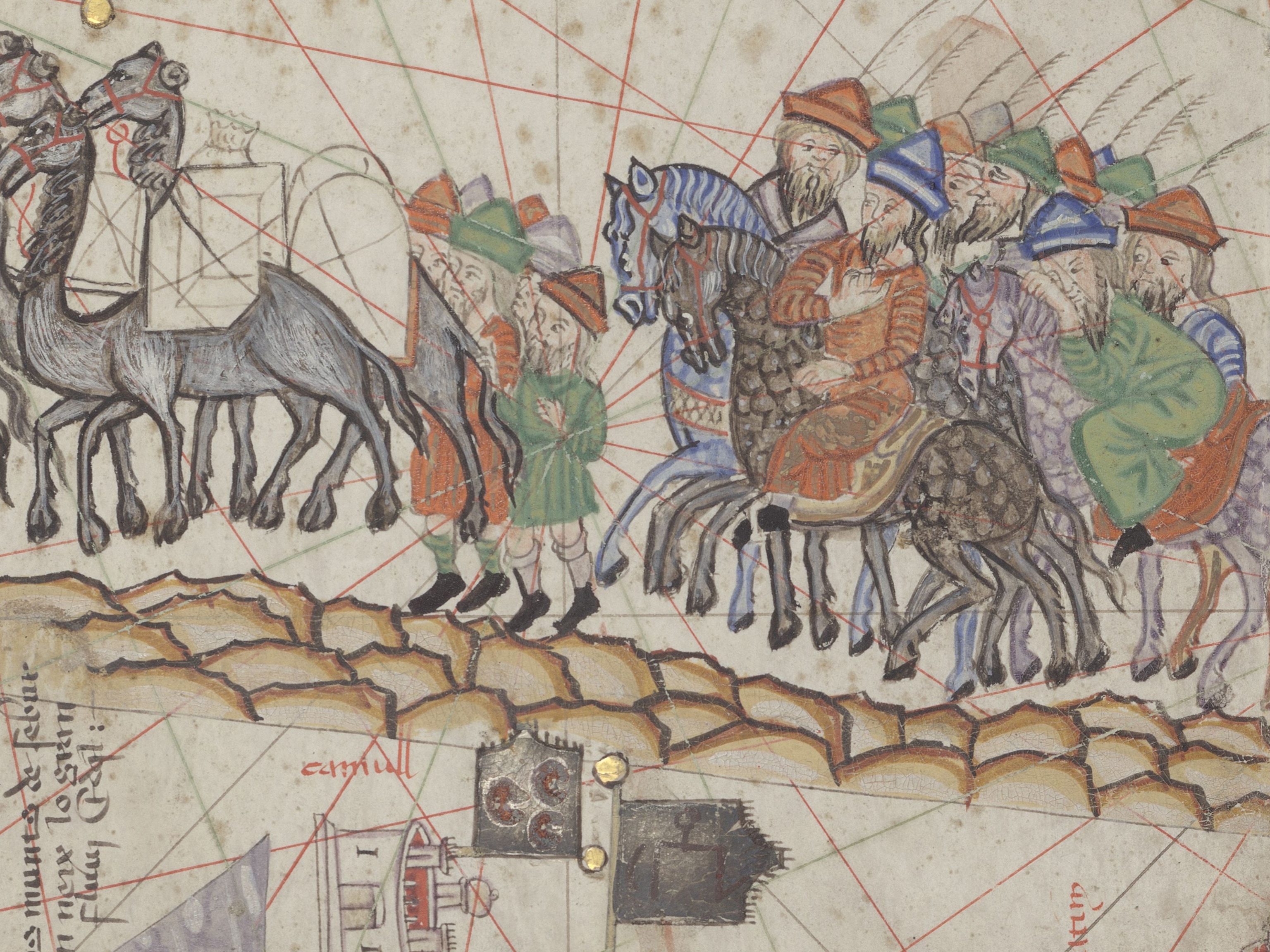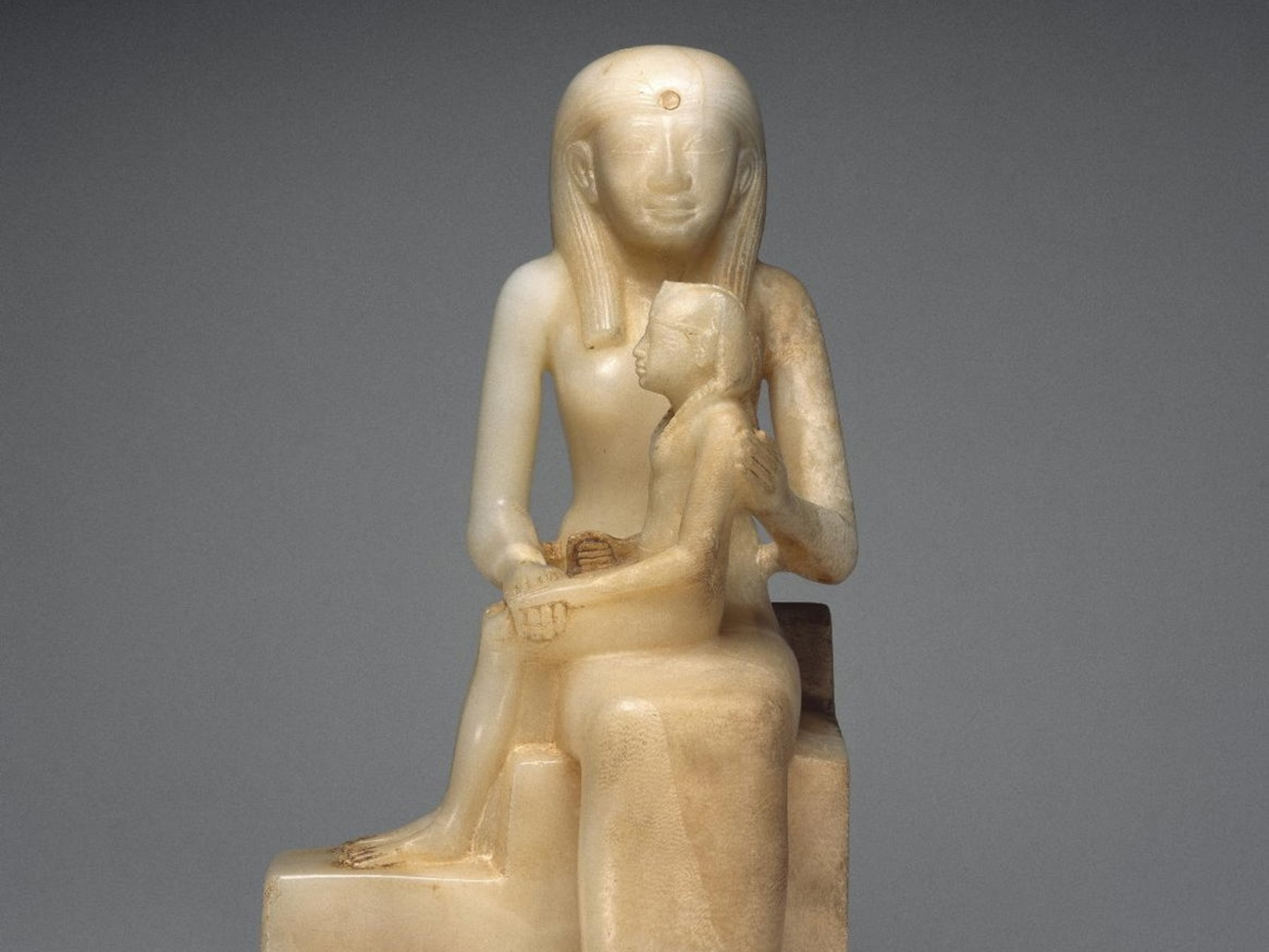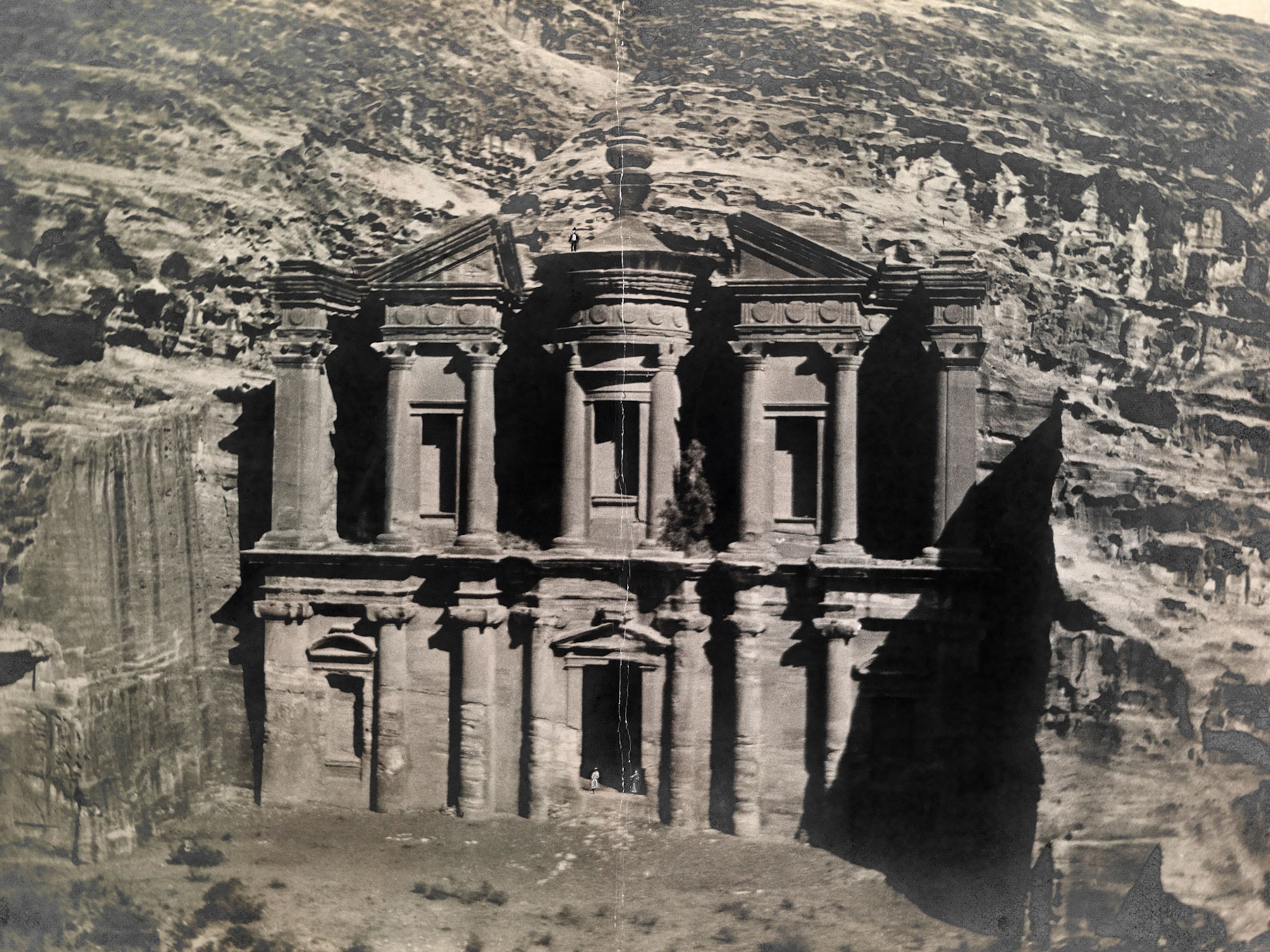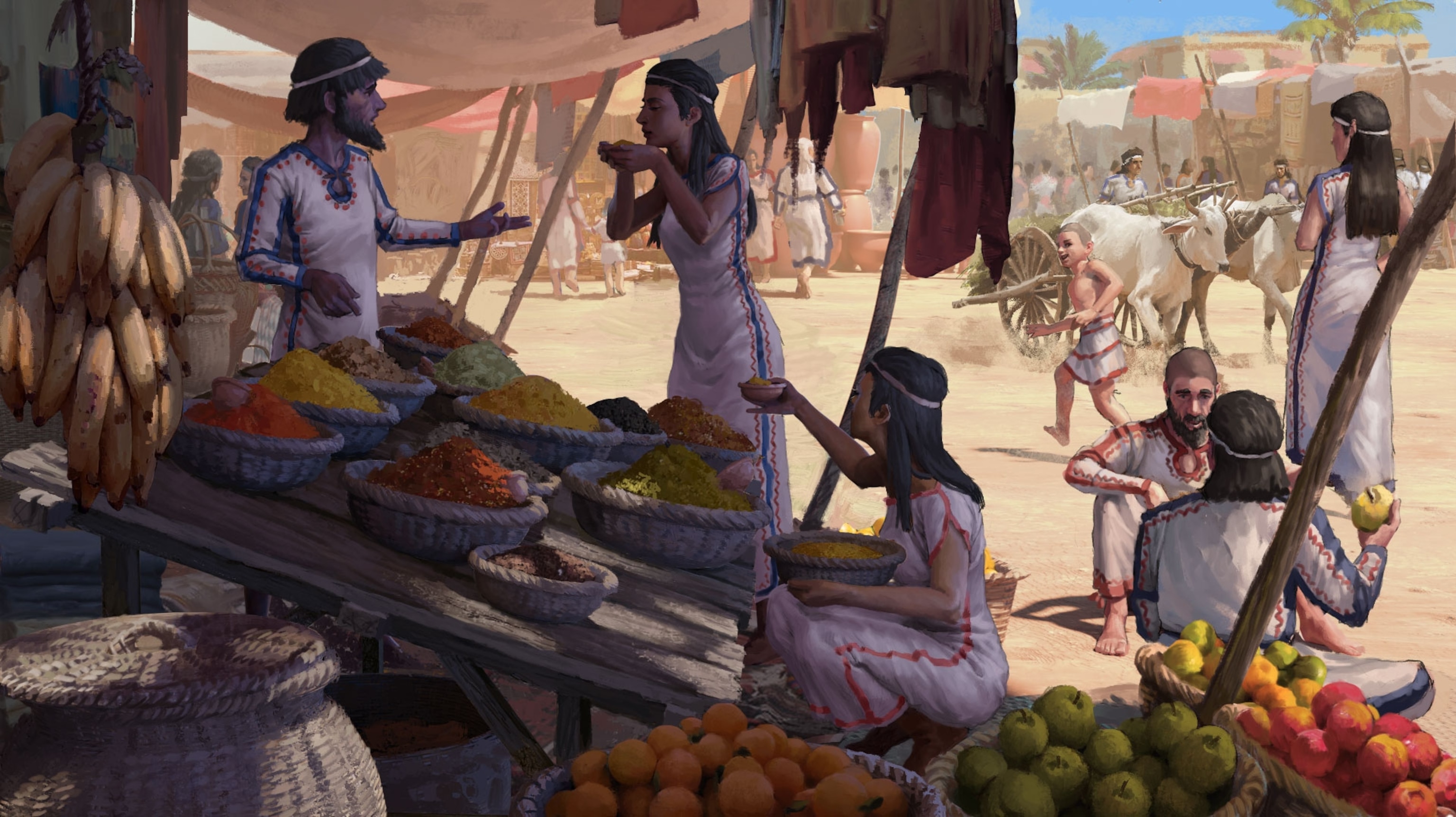
Philistines had a taste for far-flung foods, fossilized tooth plaque reveals
A study of individuals buried more than 3,000 years ago in what is now Israel shows Asian foods like soy and turmeric were surprisingly on the menu.
Researchers have long agreed that the New Testament tale of the Three Wise Men reflects a thriving long-distance trade that brought exotic oils and resins from the Arabian Sea and points further east into the Mediterranean region in Roman times. But a surprising new discovery is revealing that ancient residents of what is today Israel were enjoying south Asian fruits and spices as early as 3,500 years ago.
A recent analysis of fossilized dental plaque from more than a dozen skeletons dating from the Middle Bronze to early Iron Age (ca. 1500-1100 B.C.) turned up evidence for bananas, turmeric, and soybeans—all crops that grew in far-off south Asia at the time.
The finds, published today in the Proceedings of the National Academy of Sciences, add to artistic and archaeological evidence showing that ancient Mediterranean civilizations were importing everything from chickens to black pepper and vanilla from as far away as India and Indonesia.
“We once thought people got their food locally and imported precious stones from far away,” says co-author Philipp Stockhammer, an archaeologist at Ludwig Maximilian University of Munich. “But even in the Bronze Age they’re a lot like us, importing their food from all over.”
An unexpectedly rich source of evidence
Dental calculus is the hardened plaque that accumulates on teeth. Until recently, it was considered junk to be scraped from archaeological samples and thrown away. But recent discoveries have shown it’s actually a rich source of information that traps everything from ancient DNA to bacteria and proteins.
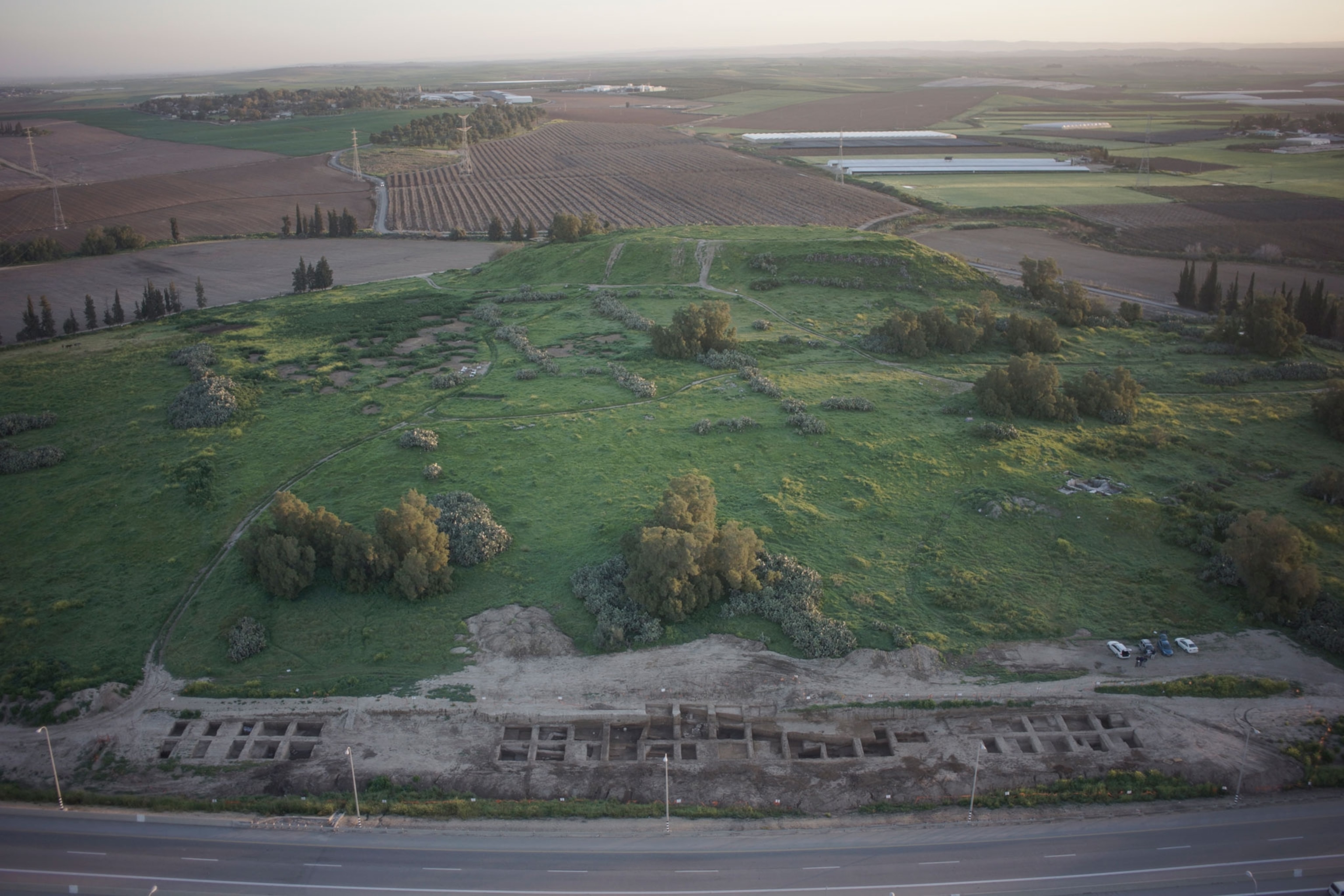
“If you would stop brushing your teeth, in 2,000 years I could tell what you were eating,” Stockhammer says.
To find out what people in the Levant were eating in ancient times, an international team analyzed plaque from the mouths of 16 skeletons. Some remains were excavated at Megiddo, an ancient city-state better known by its Biblical name, Armageddon. Megiddo thrived in the Bronze Age, a fact reflected in the elite burials sampled for the research, but it didn’t have the vast wealth and imperial reach of its larger neighbors. “It was rich and well-connected,” Stockhammer says, “but not a major player—nothing compared to Egypt, or Mesopotamia.”
While dental calculus from upper-class graves at Megiddo showed that people there were eating lots of grains, including wheat and millet, and fruits like dates, they were also eating delicacies from much farther afield. Samples from several people yielded evidence that they were eating soybeans and the bright-orange spice turmeric—both crops native to South and East Asia that archaeologists didn't think were familiar on the tables of people in the ancient Mediterranean region.
“Even from this small number of samples, we’re seeing the appearance of something you wouldn’t expect in that place at that time,” says University of Copenhagen ancient protein expert Matthew Collins, who was not involved in the study.
The researchers also scraped calculus from the teeth of people buried around 1100 B.C. at a nearby settlement site called Tell Erani, which archaeologists have connected to the people known as Philistines in the Bible. The simpler burials at Tell Erani reflect a place with less wealth, and the authors wondered if it would have fewer exotic imports too. Their results turned up traces of sesame, which was also present in samples from Megiddo.
While sesame oil, paste, and seeds are all common ingredients in Levantine cuisine today, the plant is native to South Asia. Archaeologists had found sesame seeds in the tomb of Egyptian pharaoh Tutankhamun, buried around 1400 B.C., but many researchers doubted that sesame was common in the local diet until much later.
The most surprising dental discovery, however, came from a man in his 50s buried at Tell Erani: a protein that triggers ripening in bananas. “[The Tell Erani burials] are very humble burials, with no evidence of an elite group,” Stockhammer says. “It doesn’t seem like it’s the king having his first banana.”
Evidence for the ‘invisible’
Dental calculus is proving an invaluable tool for identifying foods that are otherwise infrequently or rarely preserved in most archaeological settings, such as spices and oils. While known mainstays of ancient trade routes, “these two classes of foods are nearly invisible in the archaeological record,” says co-author Christina Warinner, a paleogeneticist at Harvard University and the Max Planck Institute for the Study of Human History in Jena, Germany. “This allows us to see foods of high economic value that otherwise leave no traces,” like rare sesame and soy oils and exotic fruits like bananas.
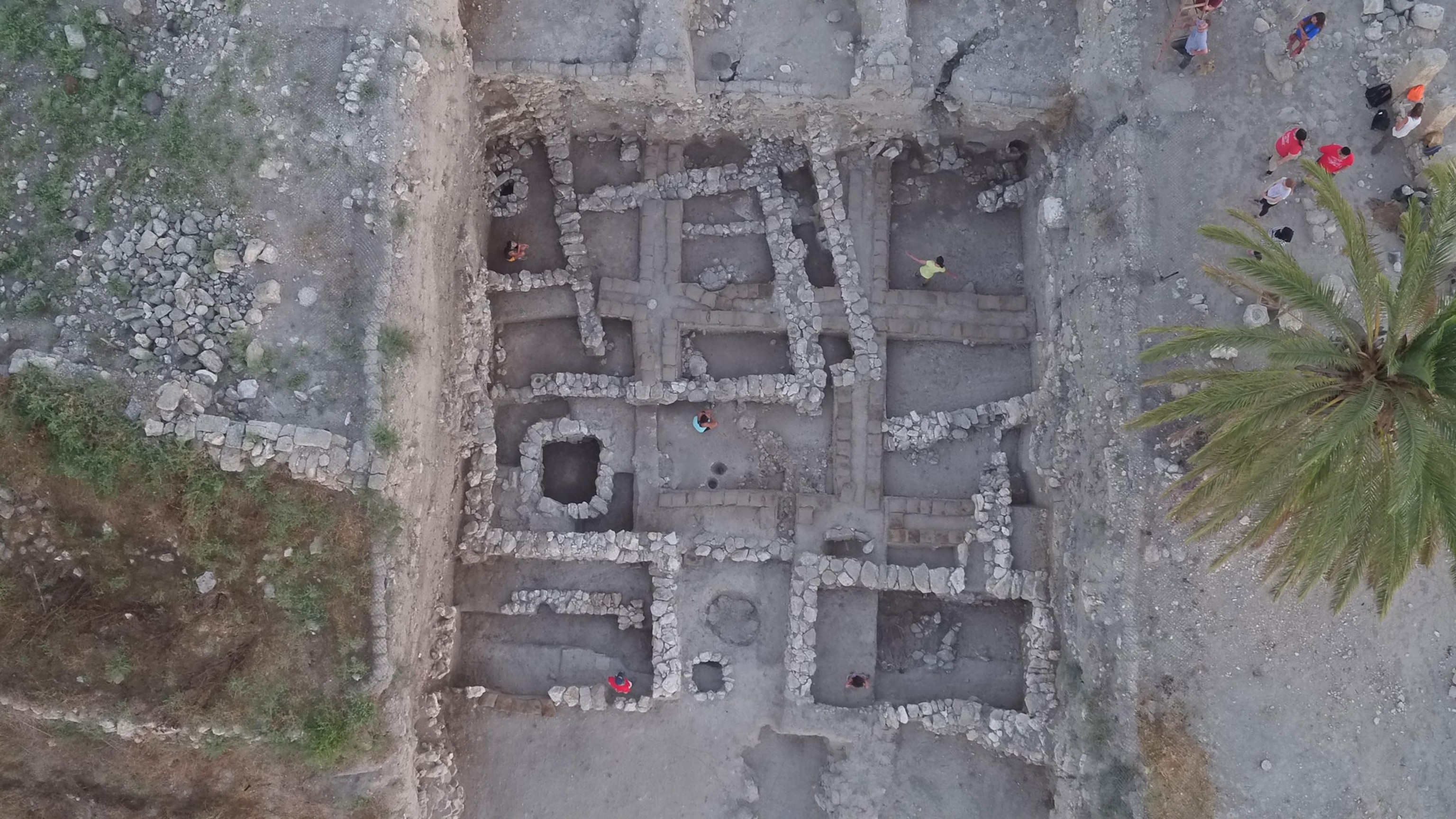
In the case of bananas, archaeological evidence is particularly hard to come by: The domesticated fruit is seedless, and its soft flesh decays quickly. That’s why it’s unlikely bunches of bananas were being shipped to Megiddo. Instead, people there might have been importing and eating dried banana chips, which would have survived a long sea voyage with ease.
Among the evidence that researchers can now tease from fossilized tooth plaque, plant proteins—unlike animal DNA, milk proteins, or the sturdier microscopic crystals found in the tough hulls and stalks of grain—break down easily. As a result they are rarely preserved on dental calculus, leaving the misleading impression that milk, meat, and porridge dominated the ancient table. The researchers used a new method to get more protein out of the calculus, and spent more time than past studies comparing what they found to libraries of plant proteins looking for matches.
The researchers believe that it’s very likely more Mediterranean residents were enjoying plant foods such as sesame and bananas, but the proteins weren’t trapped in their plaque or didn’t survive in the intervening centuries. “We only get the tip of the iceberg,” Stockhammer says. “This doesn’t mean only one individual was eating bananas, but that there’s only one where enough evidence is preserved.”
Because it’s hard to tell when dental calculus was formed, it’s also possible the long-dead Tell Erani banana eater was a trader or seafarer who ate the fruit while traveling in Asia before dying on the shores of the Mediterranean—which would be equally remarkable evidence of long-distance travel in prehistory.
This new evidence adds to a growing realization that the Bronze Age was surprisingly global, with long-distance trade connections stretching from China to the Mediterranean. “It’s not surprising anymore,” says University of Haifa archaeologist Ayelet Gilboa, director of the Zinman Institute of Archaeology at the University of Haifa, who was not involved in the study. “There’s really been a transformation over the last decade of our perceptions of long-distance trade in prehistory.”
Five years ago, for example, when Gilboa published research showing that jars found at a site not far from Megiddo contained cinnamon, “people said it was impossible,” Gilboa says. “But as we’ve dug deeper, it turns out the evidence was there all along—but nobody bothered to pay attention.”
“We have so much evidence now that beginning in the second millennium B.C., at least, commodities moved over long distances,” she adds. “This shows small-scale societies were operating as part of a vast network.”

